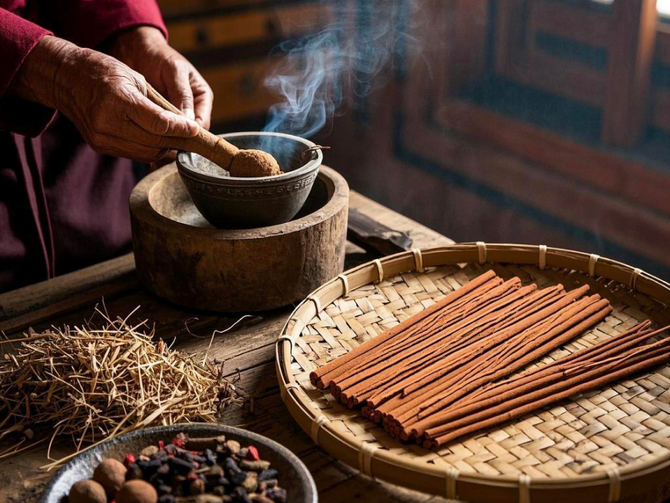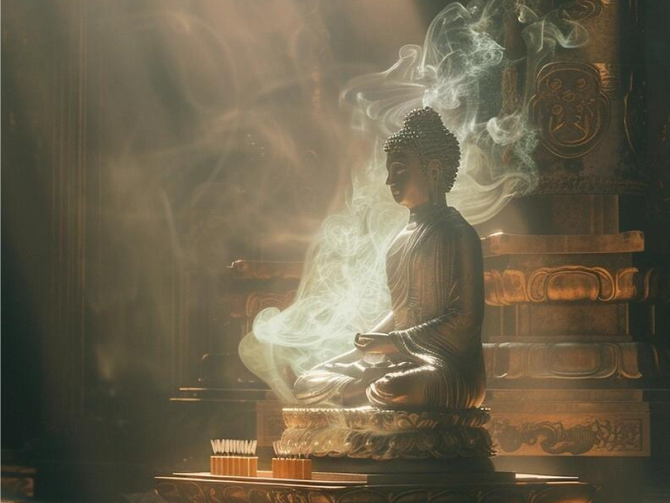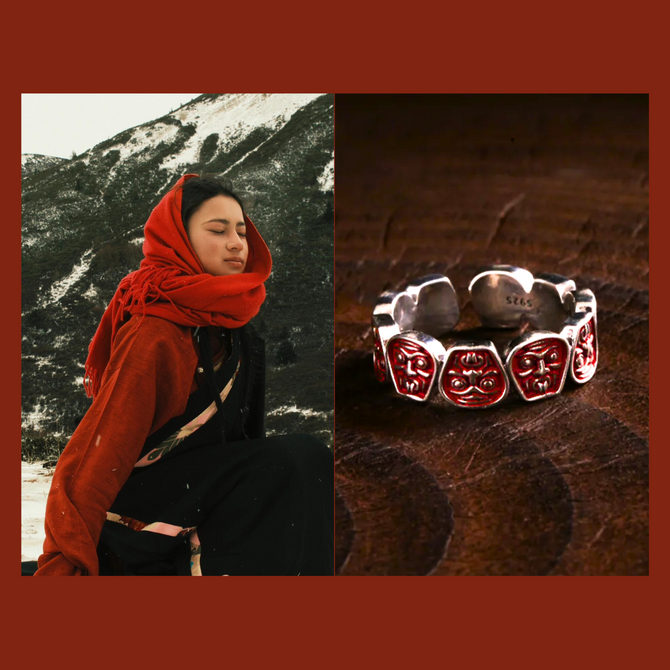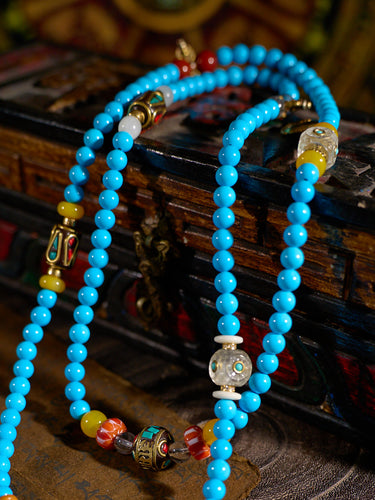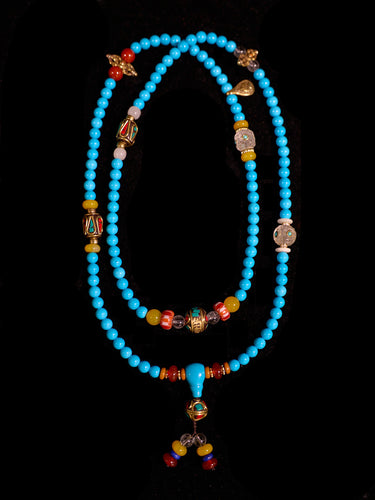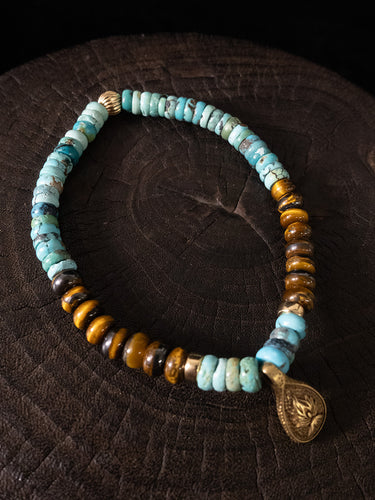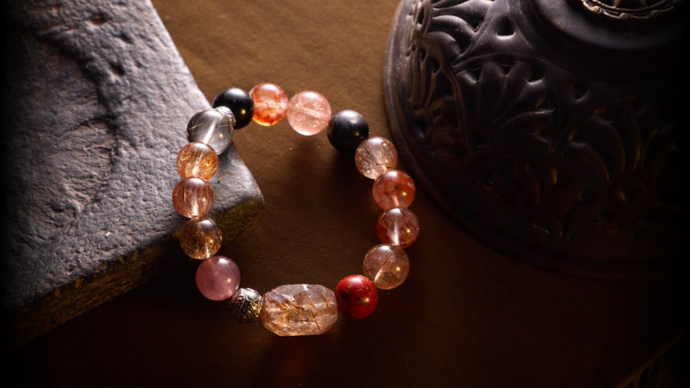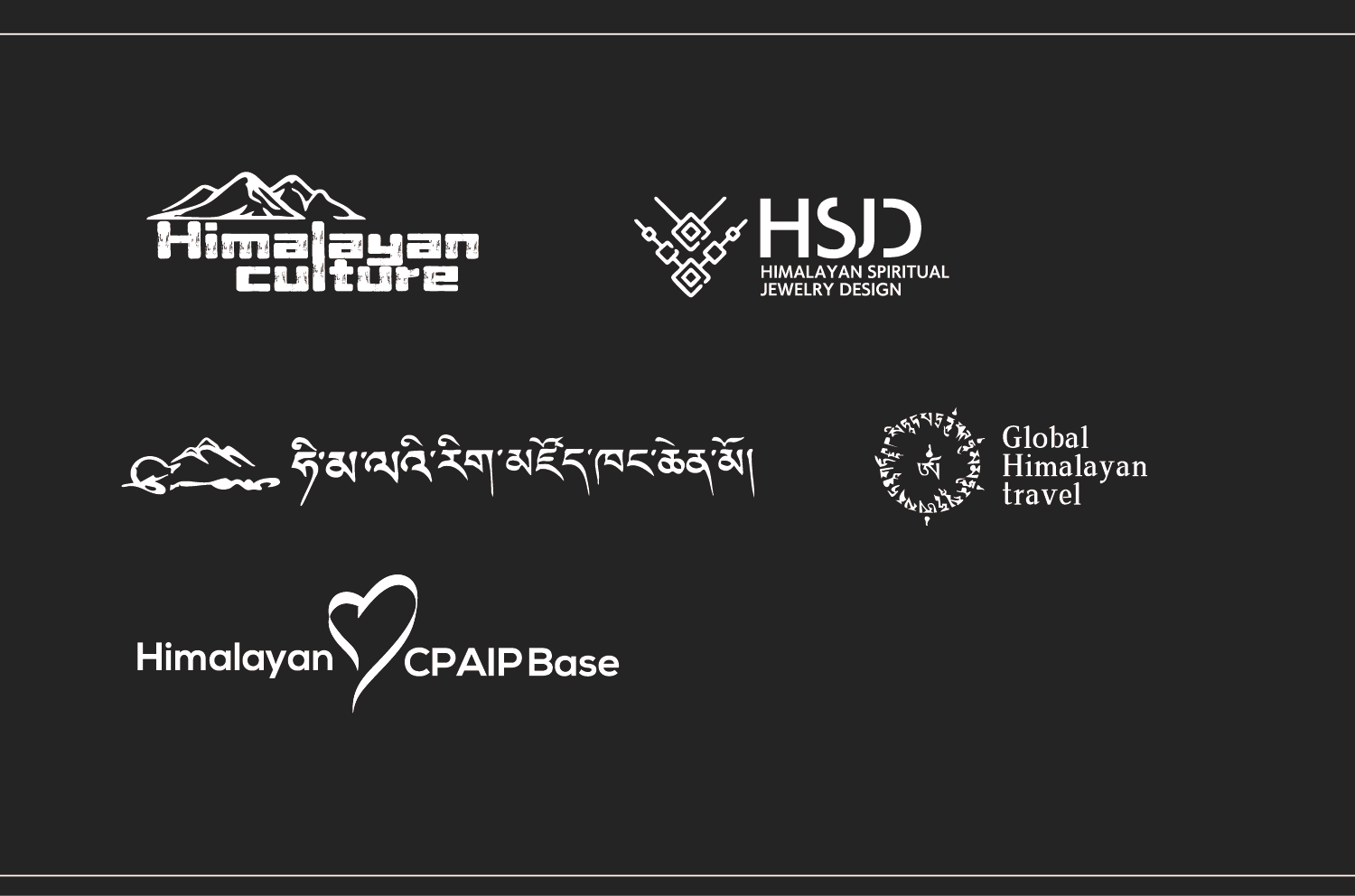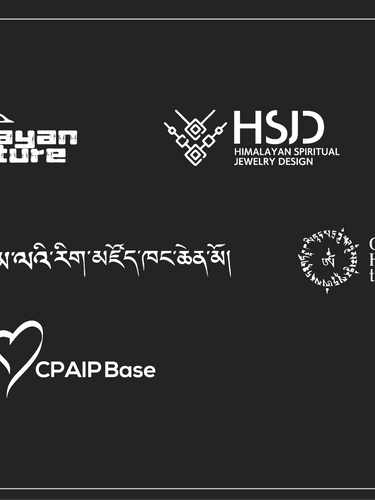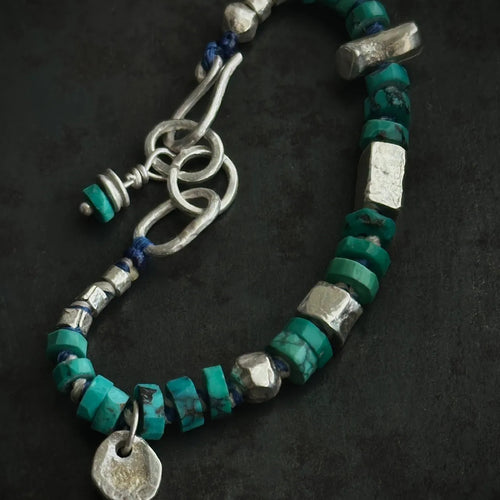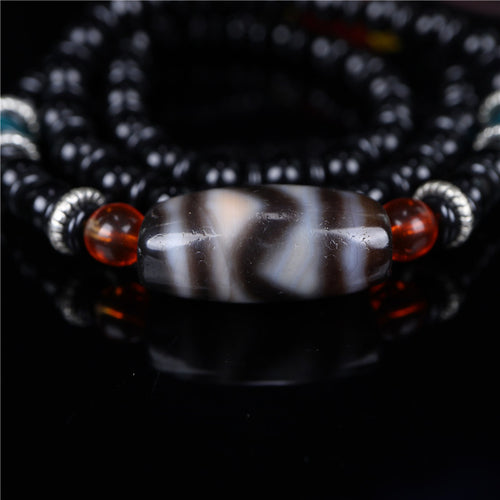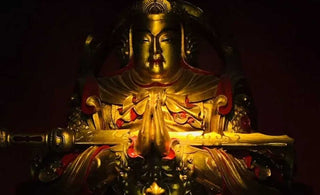
At Oriental Aesthetics, we take pride in providing systematic, high-quality professional services for oriental artists, collectors, and enthusiasts who appreciate and love classical oriental art. In this article, we aim to delve into the profound symbolism behind male Bodhisattva Buddha statues, shedding light on their significance and beauty. With our exceptional expertise in the field, we present you with a detailed exploration of these remarkable art pieces, surpassing existing content on Google. Let us embark on a journey of discovery and enlightenment.
The Divine Masculine: Understanding Male Bodhisattva Buddha Statues
Male Bodhisattva Buddha statues embody the divine masculine qualities that hold immense significance in the realm of oriental art. These statues represent a profound blend of wisdom, compassion, strength, and protection, captivating the hearts and minds of art enthusiasts and spiritual seekers alike.
One remarkable example is the Vairocana Buddha statue at the Longmen Grottoes in China. Carved during the Tang Dynasty, this colossal statue stands at a height of 17.14 meters and showcases the majestic presence of the divine masculine. The statue's serene expression, commanding posture, and intricate details convey a sense of inner peace and spiritual power. Its presence evokes a deep sense of reverence and inspires contemplation on the qualities of enlightenment.
In understanding male Bodhisattva Buddha statues, it is essential to recognize the symbolism of their physical attributes. The statues often depict broad shoulders, muscular forms, and a strong stance, representing the strength and resilience required to navigate the challenges of life's journey. These physical attributes serve as a visual reminder of the Bodhisattvas' ability to protect and guide individuals on the path to enlightenment.Moreover, male Bodhisattva Buddha statues embody the compassionate nature of the divine masculine. The Avalokiteshvara statue at the Potala Palace in Tibet exemplifies this aspect. This magnificent statue, adorned with a crown and elaborate jewelry, exudes a warm and compassionate aura. Its multiple arms symbolize the Bodhisattva's ability to offer assistance and support to those in need, emanating a sense of boundless compassion that resonates deeply with observers.
The male Bodhisattva Buddha statues are profound expressions of the divine masculine in oriental art. Through their majestic presence and intricate details, these statues invite contemplation and reflection on the qualities of enlightenment. Whether it is the commanding Vairocana Buddha or the compassionate Avalokiteshvara, each statue offers a glimpse into the divine qualities that resonate with the human spirit. By understanding and appreciating the symbolism behind male Bodhisattva Buddha statues, individuals can deepen their connection to the profound teachings of wisdom, compassion, and strength that these statues embody.
The Iconography: Key Symbolic Elements
The iconography of male Bodhisattva Buddha statues encompasses a rich array of symbolic elements that convey profound spiritual teachings. Through their mudras, attire, ornaments, and facial expressions, these statues communicate a visual language that resonates with the observer, inviting deeper understanding and connection.
The mudras, or hand gestures, portrayed in male Bodhisattva Buddha statues hold significant symbolic meaning. For instance, the Abhaya mudra, seen in statues such as the Amitabha Buddha at the Borobudur Temple in Indonesia, depicts the right hand raised with the palm facing outward. This gesture represents fearlessness and protection, conveying the Bodhisattva's ability to provide solace and support to those in need. The Dhyana mudra, with both hands resting on the lap, symbolizes meditation and inner calm, encouraging practitioners to cultivate a state of tranquility and mindfulness.
The attire and ornaments adorning male Bodhisattva Buddha statues also carry symbolic significance. The flowing robes draped gracefully over their bodies symbolize transcendence and detachment from worldly desires. This can be observed in statues like the Shakyamuni Buddha at the Sarnath Archaeological Site in India. Elaborate jewelry, such as necklaces and earrings, represents the adornments of enlightenment and spiritual wealth, symbolizing the Bodhisattvas' aspiration to guide others towards liberation.
The facial expressions of male Bodhisattva Buddha statues further contribute to their symbolism. The serene expressions, gentle smiles, and half-closed eyes create an atmosphere of tranquility and inner peace. The Guanyin Bodhisattva statue at the Dazu Rock Carvings in China portrays a serene countenance, radiating compassion and mercy. These facial expressions serve as a reminder of the ultimate goal of spiritual liberation and inspire viewers to seek inner serenity and enlightenment.
Representative Bodhisattvas: Avalokiteshvara and Manjushri
Avalokiteshvara, known as the Bodhisattva of Compassion, is one of the most revered figures in Buddhism. Often depicted as a male Bodhisattva, Avalokiteshvara embodies boundless compassion and mercy. The statue of Avalokiteshvara exudes a sense of grace, with multiple arms symbolizing the ability to aid countless beings simultaneously. This representation signifies the compassionate nature of the Bodhisattva, reaching out to alleviate suffering in the world.
Manjushri, the Bodhisattva of Wisdom, is another prominent figure in Buddhist iconography. Portrayed as a male Bodhisattva wielding a flaming sword in one hand and a lotus flower in the other, Manjushri represents the transformative power of wisdom. The sword represents the ability to cut through ignorance and delusion, while the lotus symbolizes purity and enlightenment. This depiction encapsulates the essence of wisdom and the pursuit of true knowledge.
Collecting Male Bodhisattva Buddha Statues: Appreciation and Significance
Collectors and enthusiasts who appreciate classical oriental art are drawn to the allure of male Bodhisattva Buddha statues for their profound symbolism, exquisite craftsmanship, and spiritual significance. These statues hold a timeless appeal that transcends cultural boundaries and resonates with individuals seeking spiritual connection and enlightenment.
One of the most renowned examples of male Bodhisattva Buddha statues is the Guanyin of the Southern Sea (Nanhai Guanyin). This majestic statue, also known as the Avalokiteshvara of the Thousand Arms and Eyes, stands at a towering height of 23 meters and is located on the island of Putuo Shan in China. The statue's impressive size and intricate details captivate the attention of visitors, evoking a sense of awe and reverence. Each of the thousand arms represents the Bodhisattva's ability to provide aid and compassion to countless beings, while the eyes symbolize the vigilance and watchfulness of Avalokiteshvara.Another notable example is the Manjushri Statue at the Seokguram Grotto in South Korea. Carved during the 8th century, this masterpiece portrays Manjushri, the Bodhisattva of Wisdom, holding a sword and a scripture. The statue's graceful posture and delicate facial expression convey a sense of serenity and insight. It serves as a testament to the artistic skill and spiritual devotion of the ancient craftsmen.
Collecting male Bodhisattva Buddha statues allows enthusiasts to immerse themselves in the rich heritage and spiritual teachings of Buddhism. Each statue embodies the enlightened qualities of wisdom, compassion, and fearlessness, serving as a constant reminder of the path towards spiritual liberation. Displaying these statues in homes, meditation spaces, or art collections creates an environment infused with tranquility, inspiration, and positive energy.Moreover, male Bodhisattva Buddha statues hold significant investment value due to their rarity, historical importance, and cultural significance. As these statues become increasingly scarce, their market value continues to rise, making them sought-after pieces for collectors. However, it is essential to approach collecting with a genuine appreciation for the art and spiritual essence of these statues, rather than solely focusing on their monetary value.
In conclusion, at Oriental Aesthetics, we recognize the deep-rooted symbolism and beauty behind male Bodhisattva Buddha statues. Through their iconography, these statues convey profound spiritual teachings and inspire individuals on their journey towards enlightenment. Our commitment to providing high-quality professional services ensures that artists, collectors, and enthusiasts can fully appreciate and engage with classical oriental art. With our expertise and passion, we strive to surpass existing content on Google, offering a comprehensive understanding of male Bodhisattva Buddha statues and their timeless significance.


